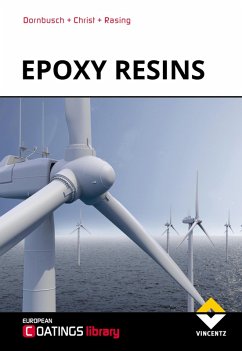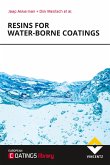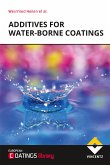The Mission: To acquire a solid knowledge and understanding of epoxy resins - from their historical development to how their properties are determined by their chemical structure, through to the special attributes underpinning their use as binders in various application areas. This affords a way of gaining a current overview of this important class of raw materials. Essential for any formulator of competitive modern paint systems. The Audience: Newcomers, career-changers, students and professionals wanting to broaden and deepen their knowledge and who seek key background information to assist them with the selection and use of modern epoxy resins. For those wanting not only to consider the specifics of the underlying chemistry, but also to learn about the practical uses of epoxies. The Value: This book serves on one hand as a reference on the chemistry of epoxies and their properties and on the other as a monograph on the industrial applications of epoxy resins, both with and without epoxy groups, in coatings. It presents a clear and vivid overview of the current status of epoxy use and their combinations in various paint systems.
Dieser Download kann aus rechtlichen Gründen nur mit Rechnungsadresse in A, B, BG, CY, CZ, D, DK, EW, E, FIN, F, GR, H, IRL, I, LT, L, LR, M, NL, PL, P, R, S, SLO, SK ausgeliefert werden.









